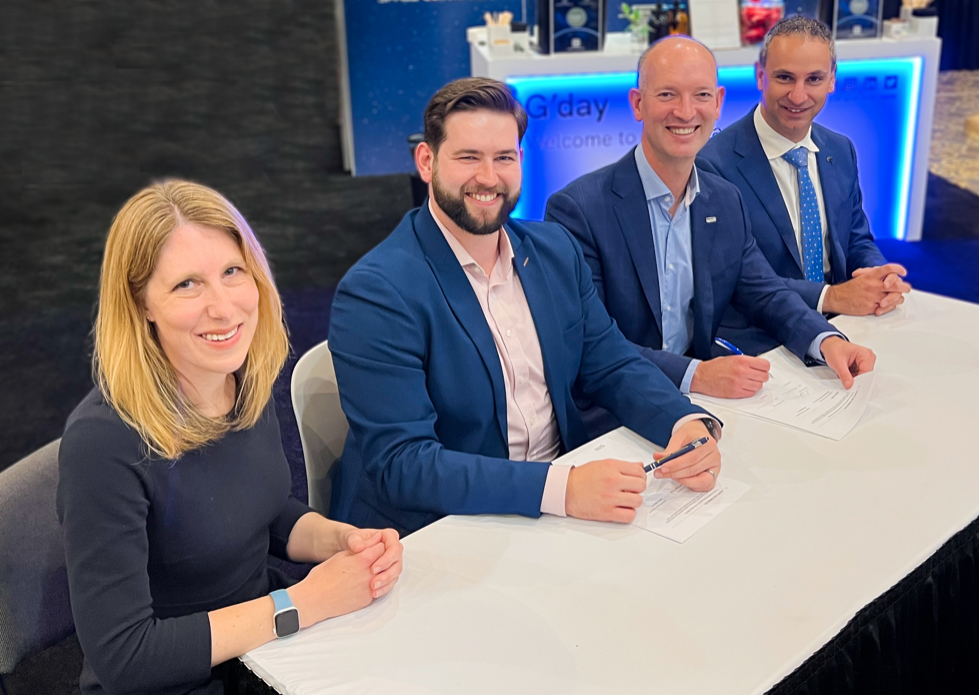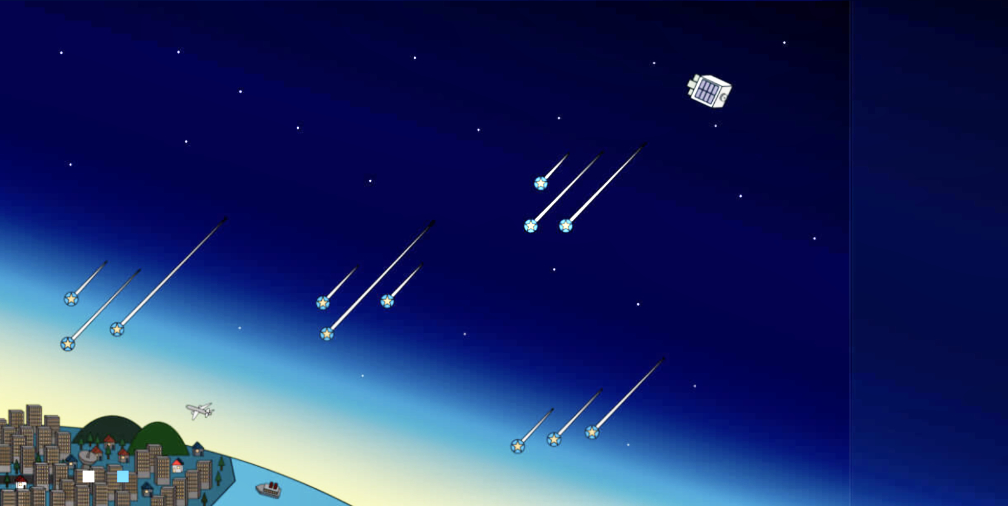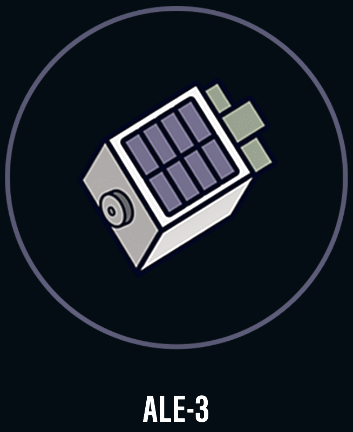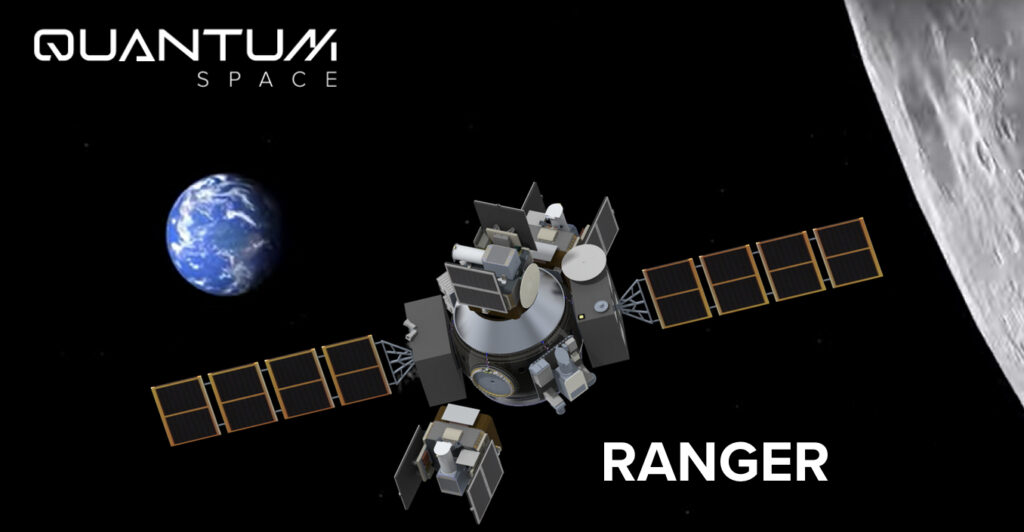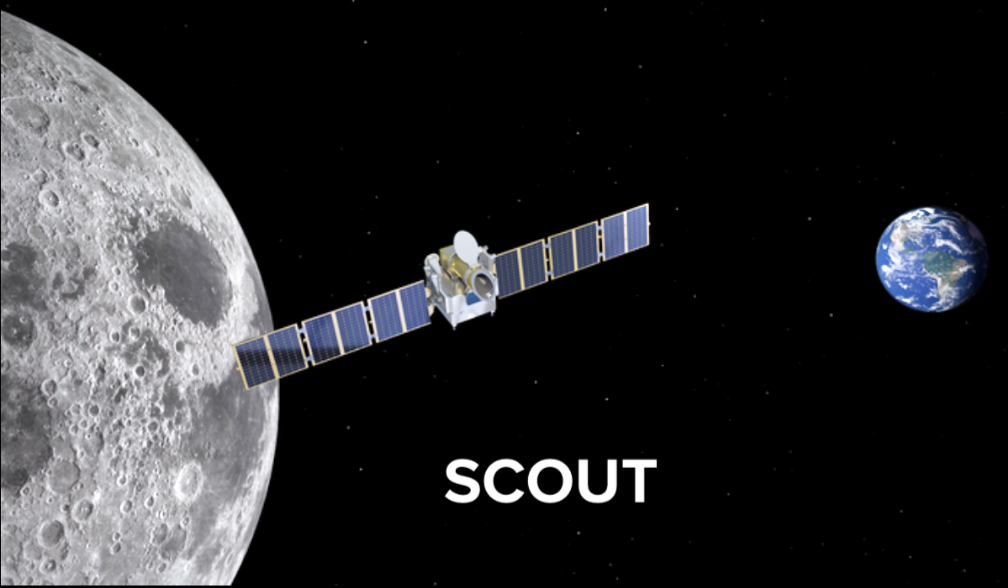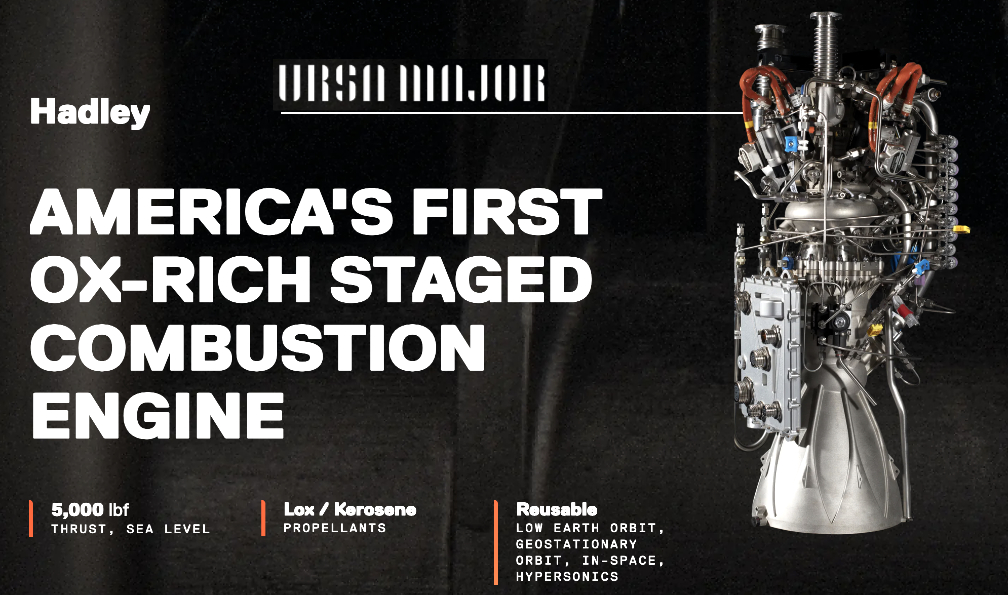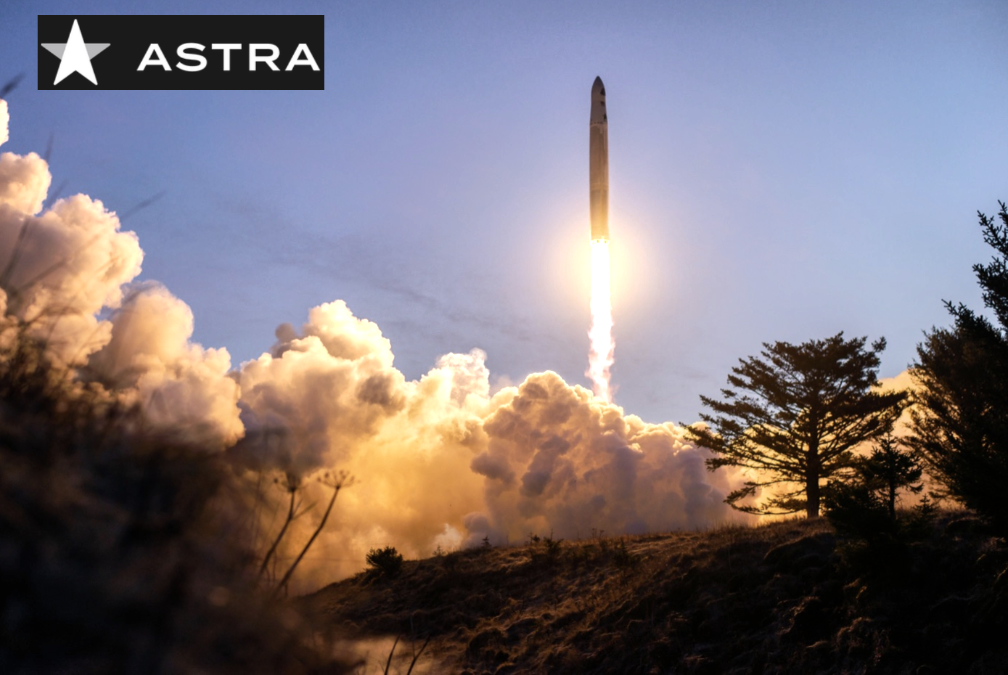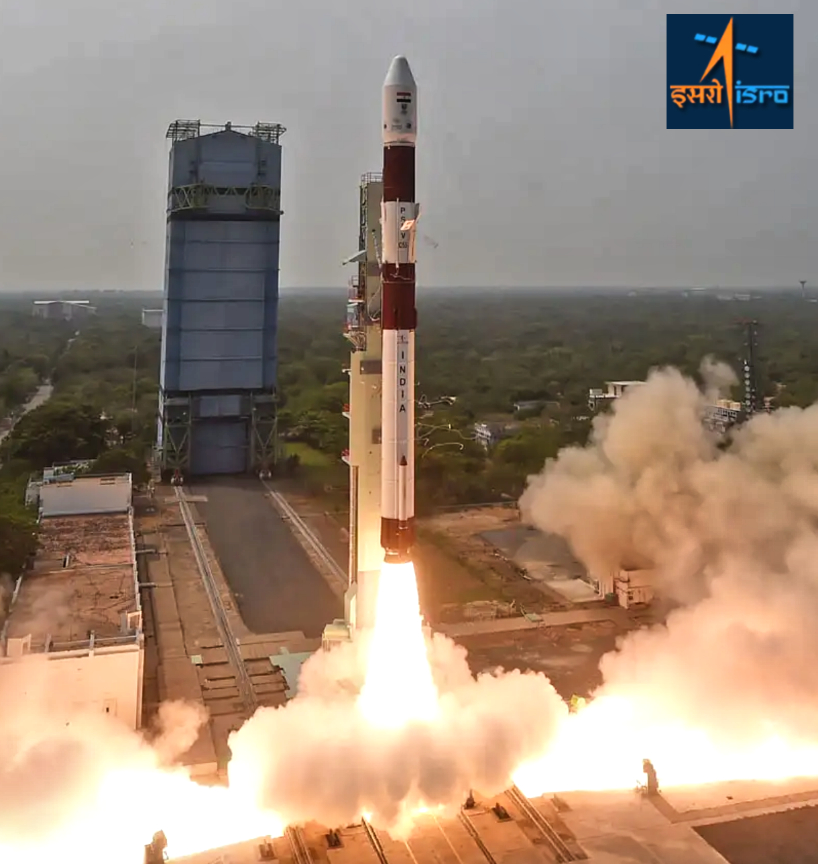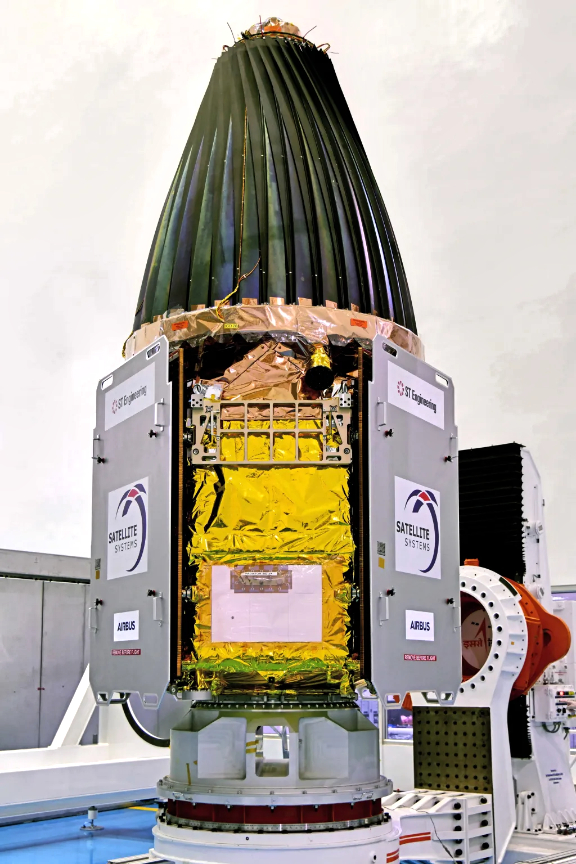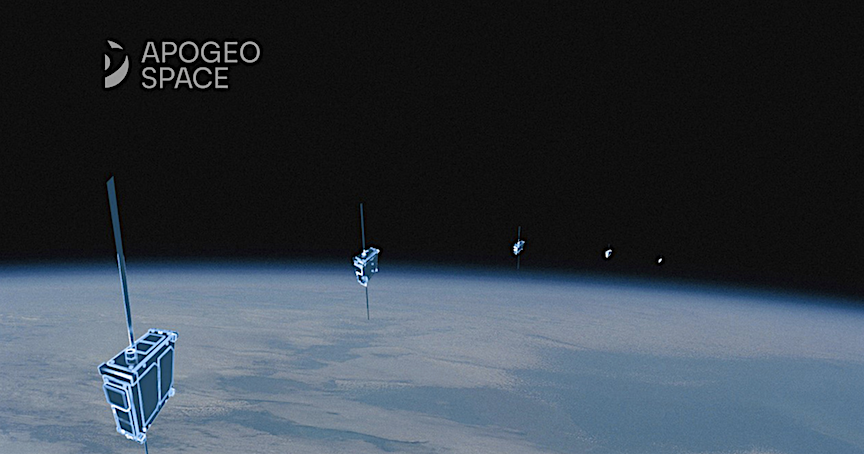
Apogeo Space announces a collaboration agreement with INSIGHIO P.C. (INSIGHIO), a company based in Athens, Greece, to test Apogeo Space’s satellite connection services on several INSIGHIO’s existing products and projects ranging from smart agriculture, precision apiculture (beekeeping), environmental and infrastructure monitoring to waste management.
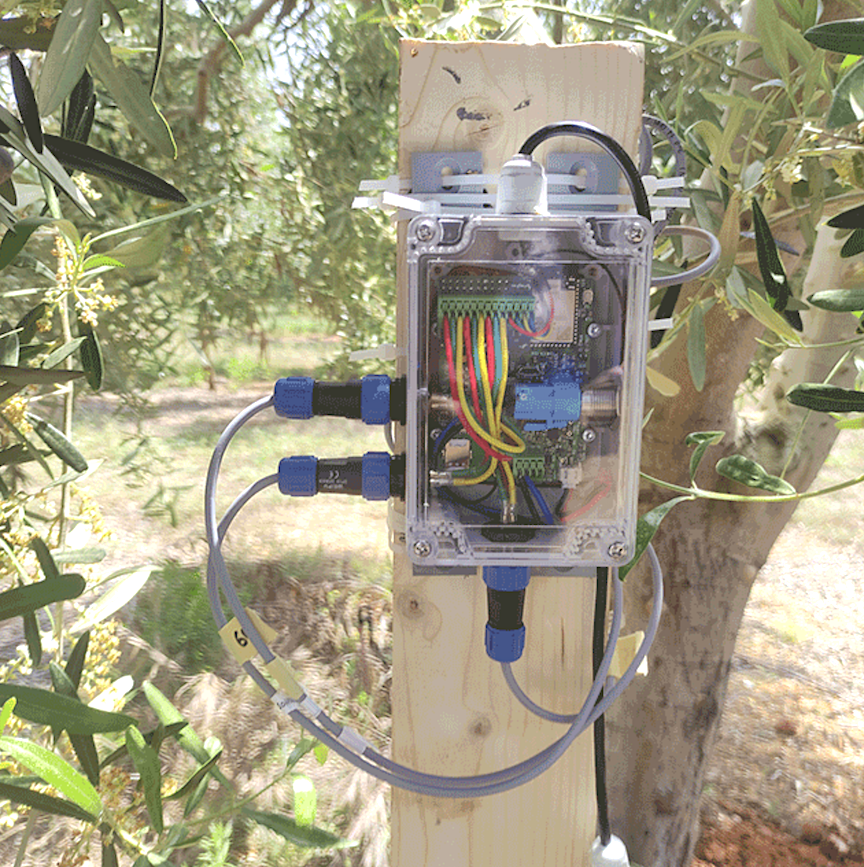
The aim of the partnership between the two Companies is to test Apogeo Space’s technology, to explore business models in the IoT field and create a way of monetization based on sales of IoT connectivity services and of any end-product or solution relying on the specific IoT connectivity technology.
Apogeo Space aims to build a constellation of miniature satellites (pico-satellites) capable of providing connectivity to Internet of Things (IoT) devices globally. The constellation is scheduled to enter service by the second half of 2023, with the first block of satellites being put into orbit.
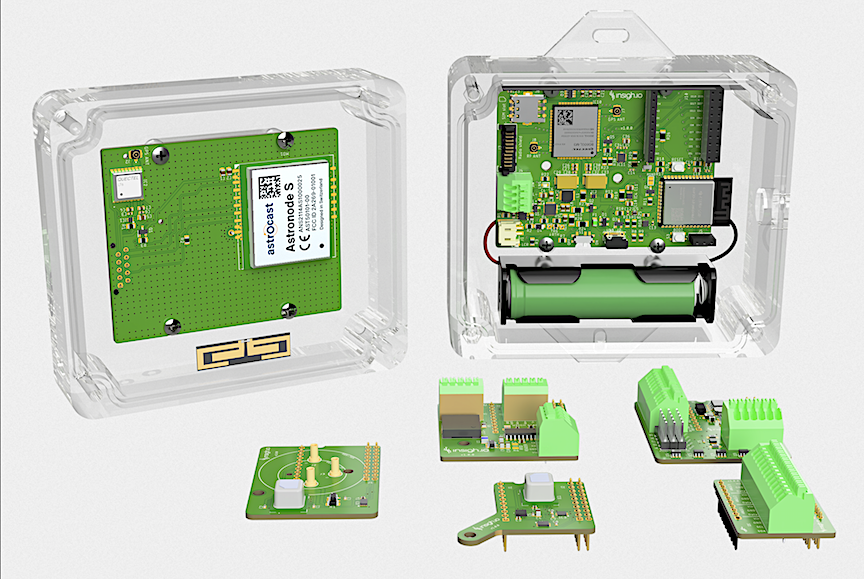
By the end of 2023, nine satellites will be operational from space. Already with this first deployment, data can be retrieved from IoT devices anywhere on the globe with an average 30-minute wait time. Continuous coverage will be achieved by 2027 with almost 100 satellites.
INSIGHIO is a technology startup aiming at accelerating IoT adoption. With insigh.io there is an end-to-end service that interconnects heterogeneous IoT devices, collects and analyzes data and aids on decision making processes. It brings into play new IoT hardware and software, aiming at lowering the barrier for new users to enter the IoT market and existing users to maintain and expand their fleet.

Guido Parissenti, CEO and co-founder of Apogeo Space, says, “We are excited to start this collaboration with INSIGHIO, which will allow us to field test some applications that our service can address, accelerating our go to market.”
Antonis Gotsis, Managing Director and Co-Founder of INSIGHIO, adds, “By integrating Apogeo Space Satellite IoT connectivity technology with our insigh.io portfolio we expect to create a unique global IoT service, applicable to a wide range of industry sectors, revolutionizing our commercial offering.”

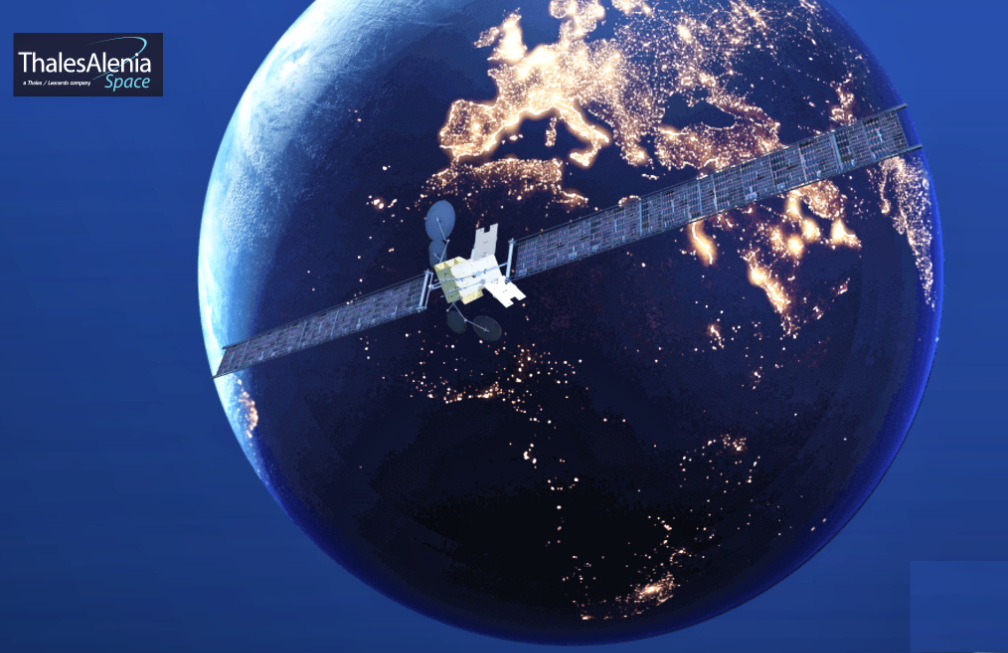
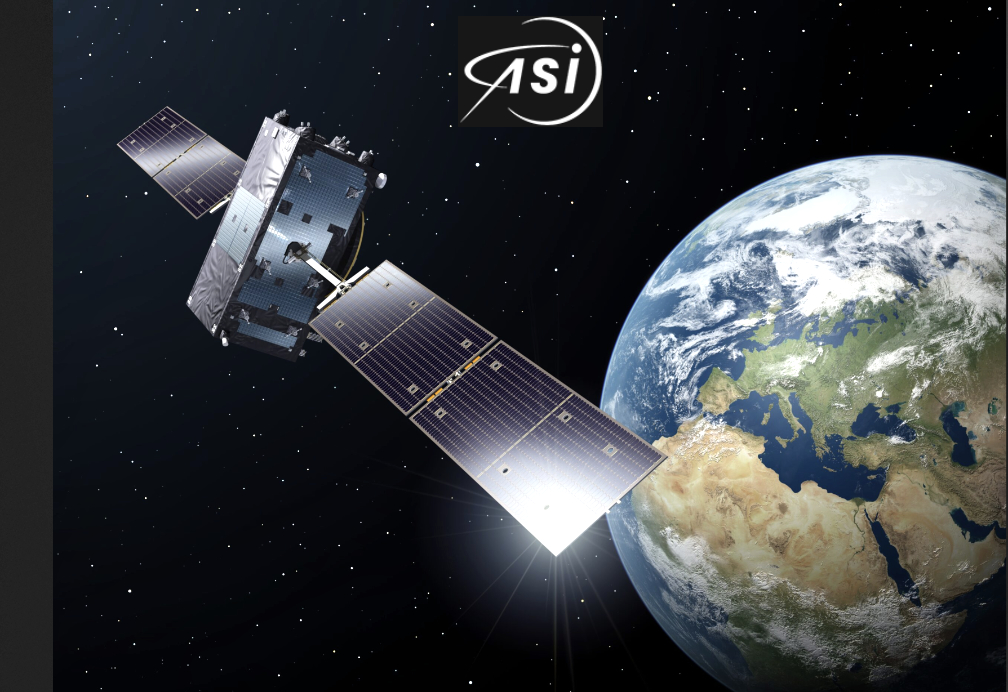
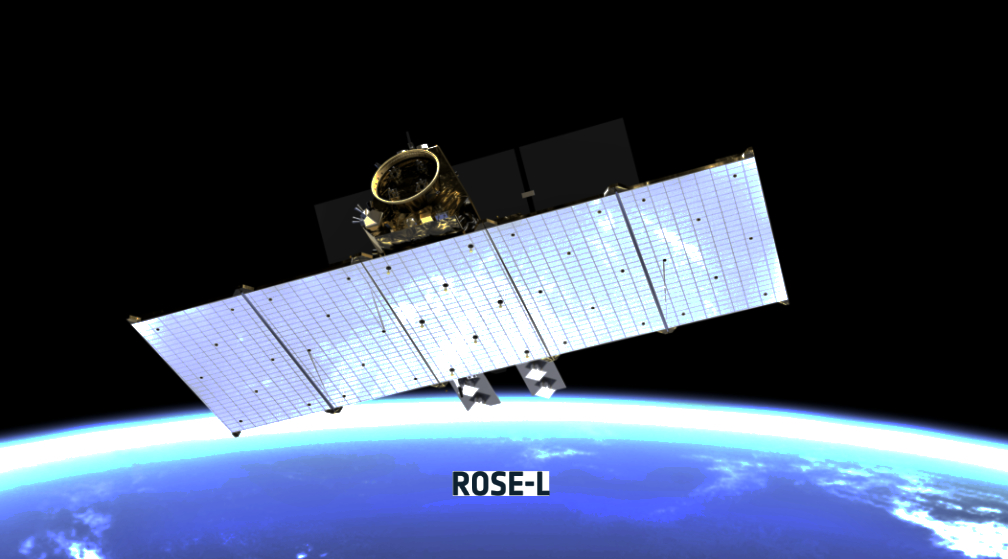
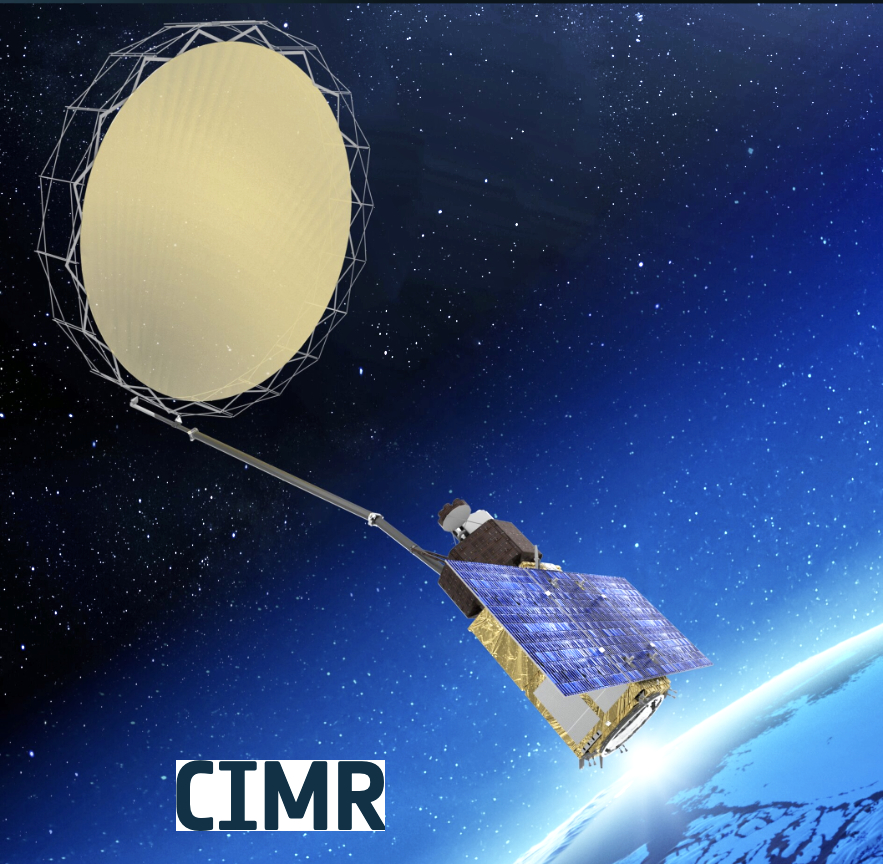
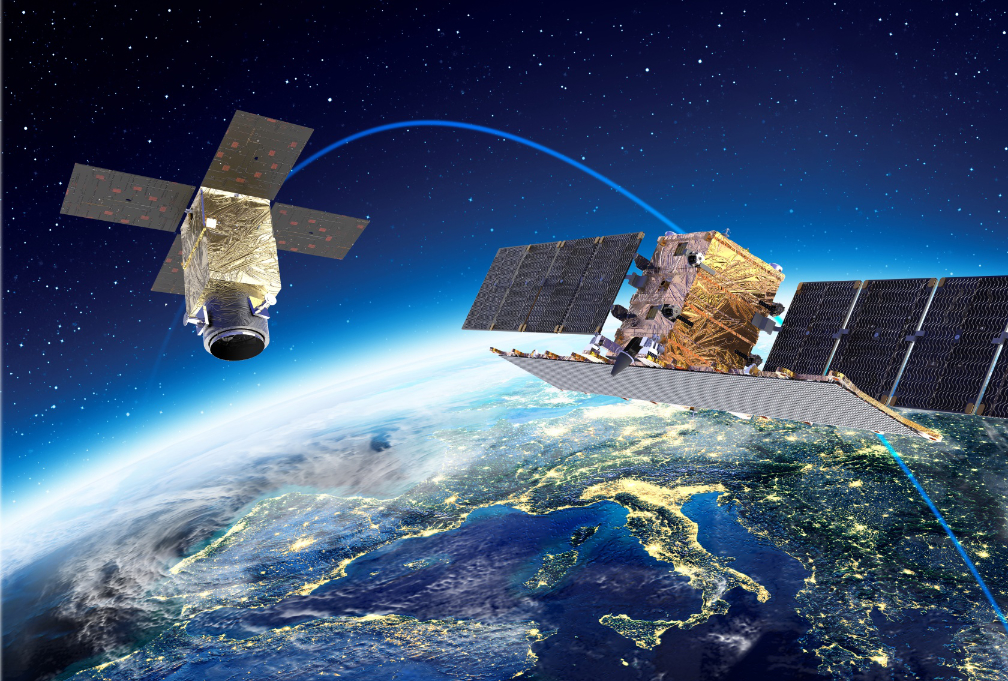
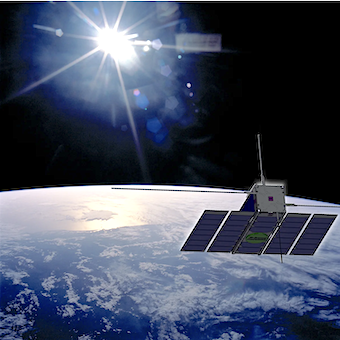
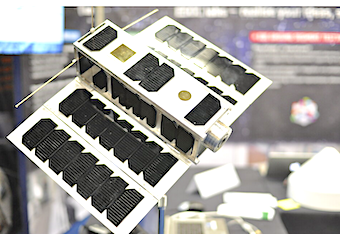

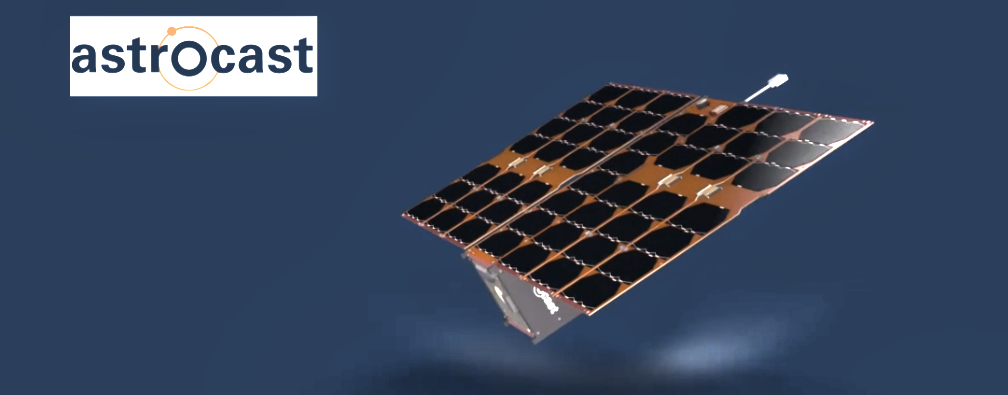
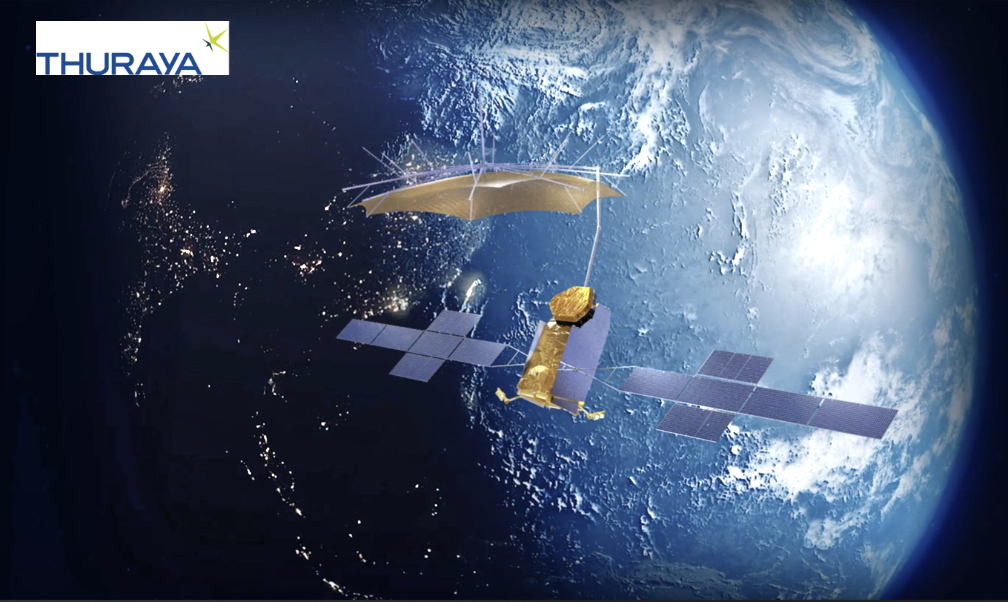

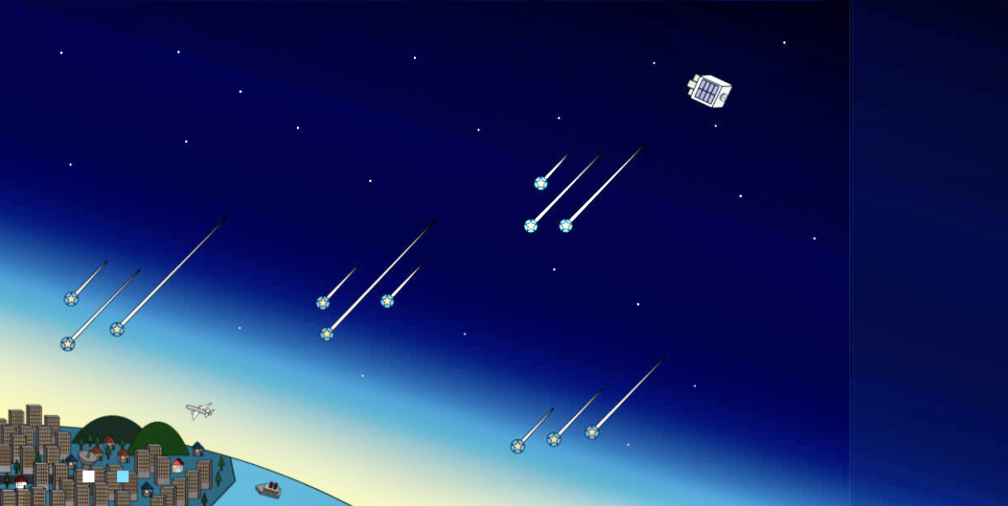
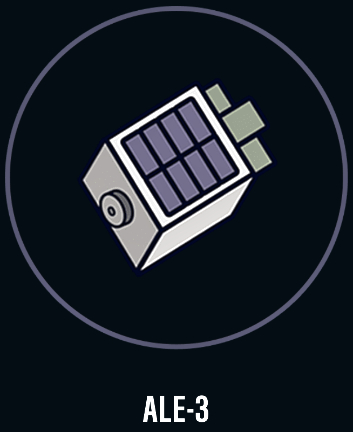

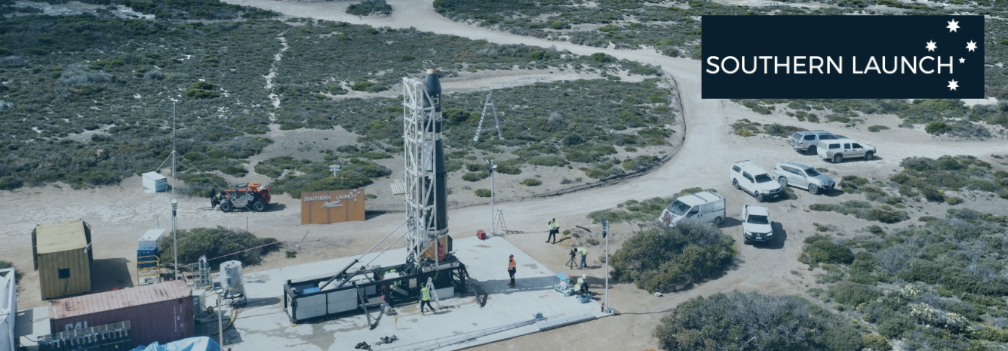
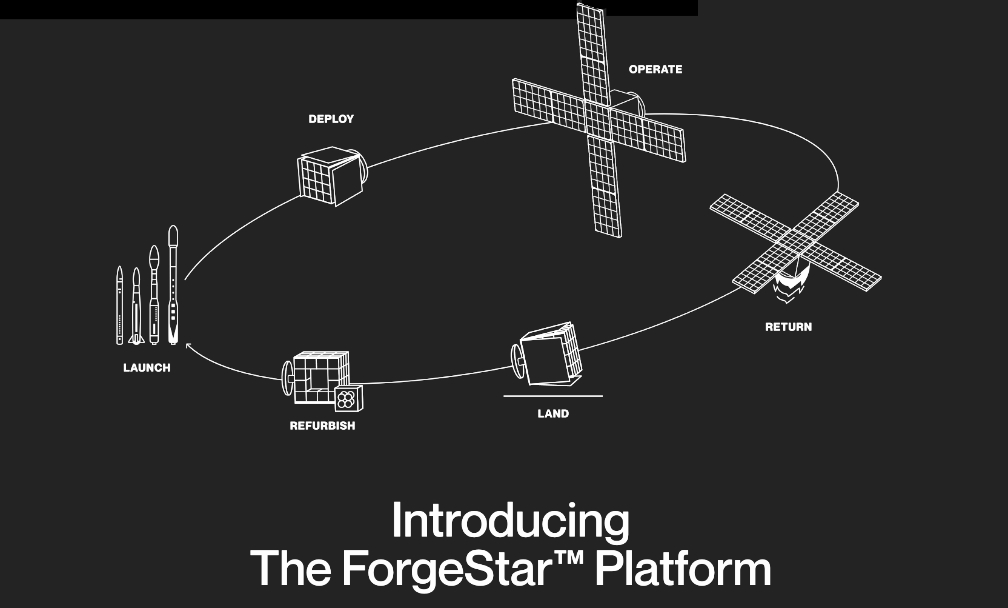

 – that can be deployed from conventional launchers to provide rapid, reliable and reusable in-space infrastructure. Space Forge will launch their ForgeStar-1A satellite later this year, where they will prove their re-entry capabilities.
– that can be deployed from conventional launchers to provide rapid, reliable and reusable in-space infrastructure. Space Forge will launch their ForgeStar-1A satellite later this year, where they will prove their re-entry capabilities.